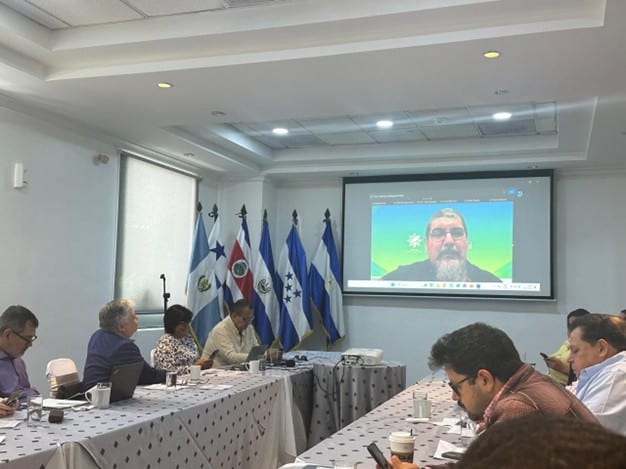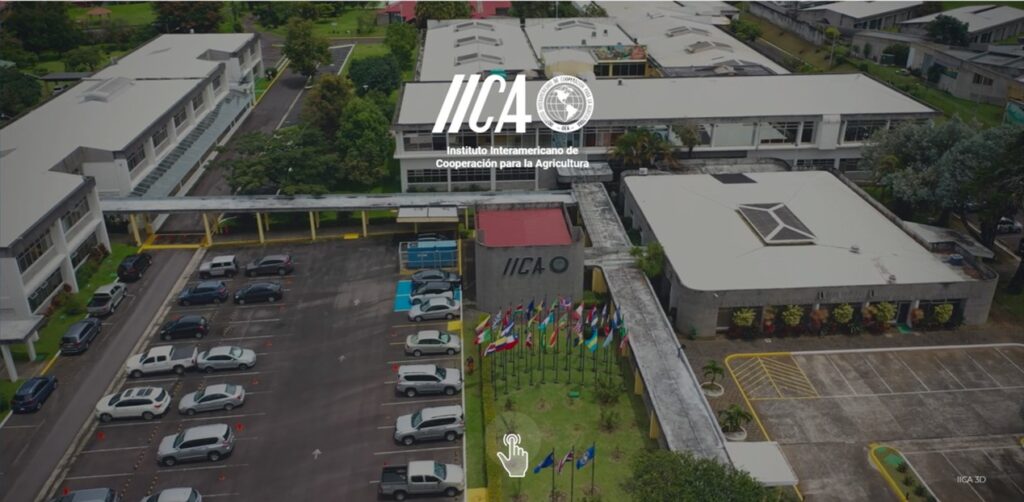Staple grain production affected as water levels fall in principal rivers of region.
San Jose, March 31, 2010 (CAC). According to preliminary data, through December 2009, contained in a report prepared by the United Nations Food and Agriculture Organization (FAO) for the Central American Agricultural Council (CAC), which comprises the Ministers of Agriculture of the region, the agricultural sectors of Costa Rica, El Salvador, Guatemala, Nicaragua and Panama have sustained losses totaling US$70 million, caused by the El Niño phenomenon.
El Niño occurs when the surface waters in the eastern part of the equatorial Pacific Ocean are warmer than normal and stay that way for several months, which creates an abnormal behavior of the ocean that impacts the climate in different parts of the world directly. In Central America, the most recent El Niño took hold in June 2009, resulting in a rainy season characterized by less rain than normal and a hotter and longer dry season.

According to the report “This latest El Nino event was mild and the forecast is that between April and June 2010 the temperature of the surface water in the equatorial Pacific Ocean will return to normal.”
In most of the countries of Central America, rainfall levels fell steadily from June 2009 through the end of the rainy season, affecting the production of staple grains and leading a drop in water levels in major rivers.
The areas most affected are located in what is known as the “Dry Corridor” in Central America, where small-scale farmers have seen their food security threatened.
Reducing the impact
With an eye to reducing the impact of this phenomenon, the governments have undertaken a number of initiatives aimed at enabling the agricultural sectors of the region to better adapt to climate change and climate variability.
In 2008, the Ministers of Agriculture approved the Central America Agricultural Policy (PACA) and, in 2009, together with the Ministers of Health of the region, launched the Regional Environmental and Health Strategy (ERAS). Recently, the Central American Strategy for Territorial Rural Development (ECADERT) was approved, the goal of which is to reinforce the regulatory frameworks and make the agricultural sector less vulnerable natural threats.
This new report, presented on March 13 in Panama during a meeting of the Ministers of agriculture of Central America and the Dominican Republic, points out, however, “that it is necessary to strengthen or implement national policies in the area of risk management. This is probably one of the reasons why the levels of preparedness vis-à-vis climatic threats are still not high enough to diminish their impact on the agricultural sector.”
According to the report, the region has early warning mechanisms and mechanisms for monitoring the course of climatic phenomena, and has identified short and medium term response actions for emergencies created by climatic phenomena. Furthermore, there has been progress in crop planning, phytosanitary surveillance, water management and the creation of modern infrastructure.
In addition, there are training programs for technical personnel and producers and social assistance is offered, such as food for work exchanges or the implementation of production, seed and input distribution and reforestation programs.
Two of the most important new recommendations from the experts are “To implement more aggressive program to impound water and create reservoirs in the areas most affected by the decline in rainfall, making it possible to store water in advance of critical shortages in the dry season.”
The governments are working actively to avoid the costs associated with future climatic events.
For more information, contact











